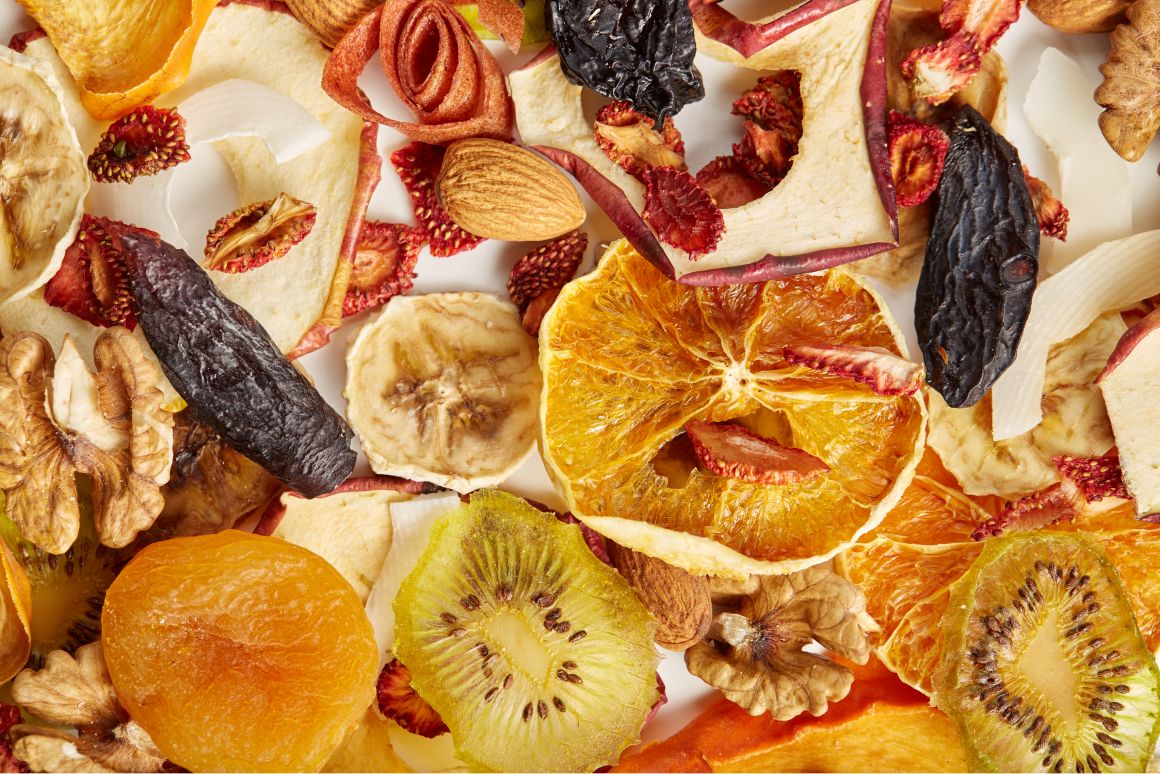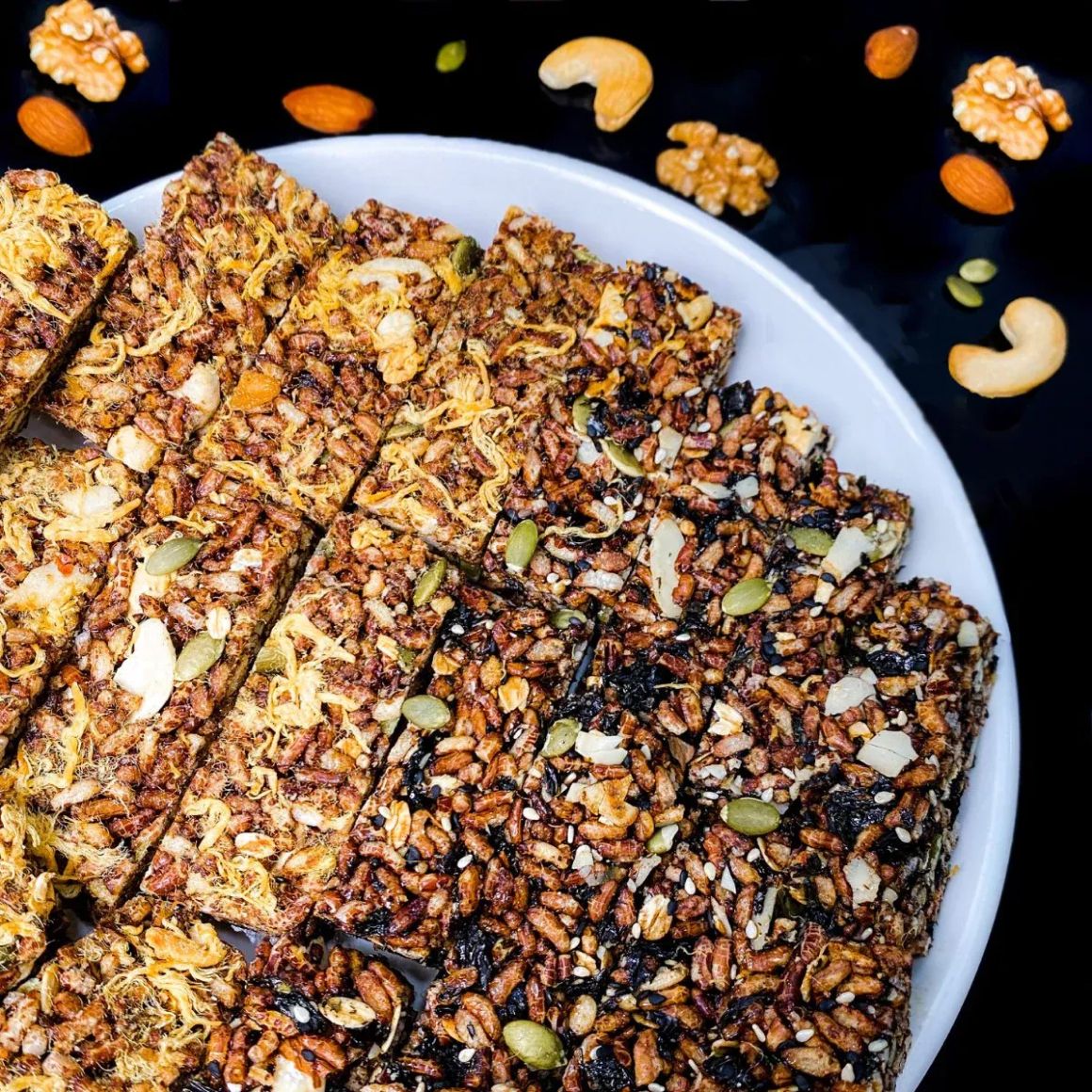
Healthy Eating Habits: Where to Begin?
どこから始めればいいですか?

12/10/2023
There's a surprising truth about adjusting your eating habits that you should know: People often only make changes to their longstanding eating habits when their bodies start signaling health concerns like obesity, diabetes, or other illnesses.
However, waiting until your body cries for help might be too late. "Prevention is better than cure" – let's begin the healthy eating habits to prevent diseases. These tips will help cultivate healthier eating habits.
1. Opt for Whole Foods
When embarking on a journey of healthy eating, the first step is to opt for whole, unprocessed foods instead of pre-packaged options. These whole foods retain their essential nutrients, making them a healthier choice. Vegetables, fruits, and whole grains should become your primary dietary staples, as they preserve vital nutrients that processed foods often lack.
##2. Incorporate Plenty of Fruits and Vegetables
Fruits and vegetables are the cornerstone of a healthy diet. They offer an abundance of vitamins, minerals, and fiber. For example, leafy greens like spinach and kale are teeming with vitamin K, essential for blood clotting and bone health. A single cup of cooked spinach provides over 1000% of the recommended daily intake of vitamin K.

3. Include Legumes and Nuts
Legumes and nuts are nutritional powerhouses. Consider this: a half-cup of cooked lentils delivers about 9 grams of protein, making them an excellent plant-based protein source. Furthermore, almonds are a great source of vitamin E, a potent antioxidant that helps protect cells from damage. A one-ounce (28 grams) serving of almonds contains 7.3 milligrams of vitamin E, which is about half of the recommended daily intake.

4. Don't Forget Dairy and Dairy Alternative
Dairy products like yogurt are rich in calcium, vital for strong bones and teeth. A typical serving of plain yogurt (about 245 grams) provides around 300 milligrams of calcium. If you're lactose intolerant or prefer dairy alternatives, fortified soy milk can be an excellent choice. An 8-ounce (240 milliliters) glass of fortified soy milk typically contains 300 milligrams of calcium, similar to regular milk.

5. Limit Sugar and Salt
Reducing your intake of added sugars and salt is pivotal for overall health. The American Heart Association suggests that women should limit their daily added sugar intake to no more than 100 calories (around 25 grams or 6 teaspoons), and men to 150 calories (about 37 grams or 9 teaspoons). This can be challenging, considering that a 12-ounce (355-milliliter) can of soda contains approximately 39 grams of added sugar, surpassing the daily limit in just one drink. Additionally, excessive salt intake can lead to high blood pressure. The recommended daily sodium intake for most adults is less than 2300 milligrams, which is about one teaspoon of salt.

In conclusion, transitioning to a healthier diet can be simple and rewarding. Incorporate more whole foods, savor the goodness of fruits and veggies, embrace legumes and nuts, and choose suitable dairy or alternatives. Be mindful of your sugar and salt intake for overall well-being.
For nutritious and convenient snacks that align with a healthier lifestyle, check out CocoFood's Nutty Red Rice Rookie and Peanut Rookie products. These tasty treats complement your dietary choices and offer a wholesome snacking experience. So, here's to your journey towards better eating with CocoFood's delightful snacks!



Top 5 Dried Fruit For Weight Loss: Nutrient-rich Picks!
3/06/2024
Creative Dried Fruit And Nut Mix Recipes To Satisfy Your Snacking Cravings
3/06/2024
Fried Rice Snack For Quick And Tasty Childhood Treats
3/06/2024
How To Make And Use Dried Passion Fruit For Cocktails?
3/06/2024
Red Rice Crackers: A Prominent Option For Healthy Snacks
3/06/2024
Top 5 Apricot Wine Food Pairing Recommendations
15/05/2024
The Nutrition Facts And Health Benefits Of Dried Passion Fruit
13/05/2024
Is Dried Fruit Healthy? Everything You Need To Know
10/05/2024
How To Make Apricot Wine Recipe At Home?
10/05/2024
Vietnamese Apricot Wine: Benefits, Flavor and Nutrition
9/05/2024
Healthy Eating Habits: Where to Begin?
12/10/2023
Generation Z: Pioneers of the Healthy Lifestyle
12/10/2023